Perennial wildflower plants can be used to create long-lasting wildflower areas and meadows, providing vital food and habitat for pollinating insects such as bees and butterflies. Choose your favourite species to plant individually, or use as an addition to our wildflower plant collections or famous wildflower seed mixes.
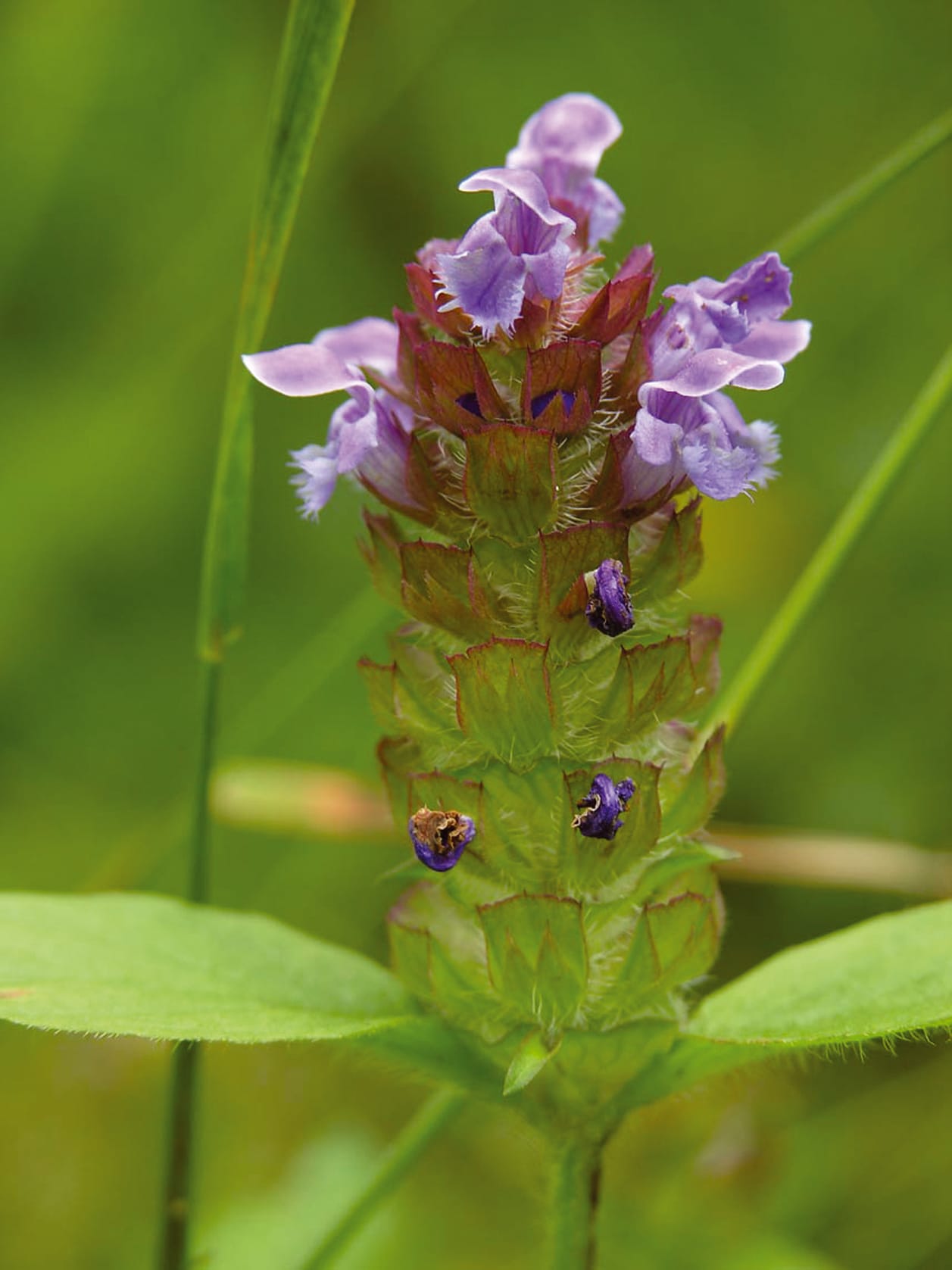
A very common short-lived perennial found in a variety of habits including grassland, woodland and garden lawns. Its creeping stems can spread over a wide area producing brilliant purple blooms.
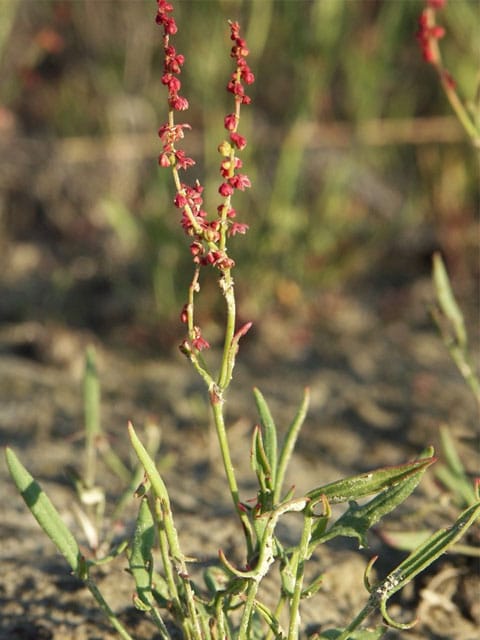
Sheep's sorrel is a perennial plant that is suited to well-drained, acidic soils with reddish-pink flower spikes, though smaller than Common Sorrel, and with daintier leaves.
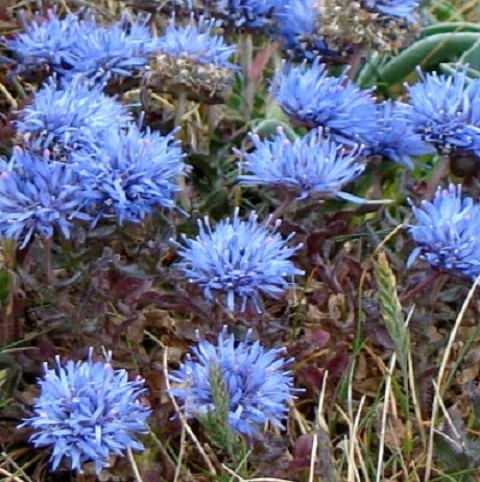
Masses of soft blue scabious flowers, self-seed readily in favourable conditions.
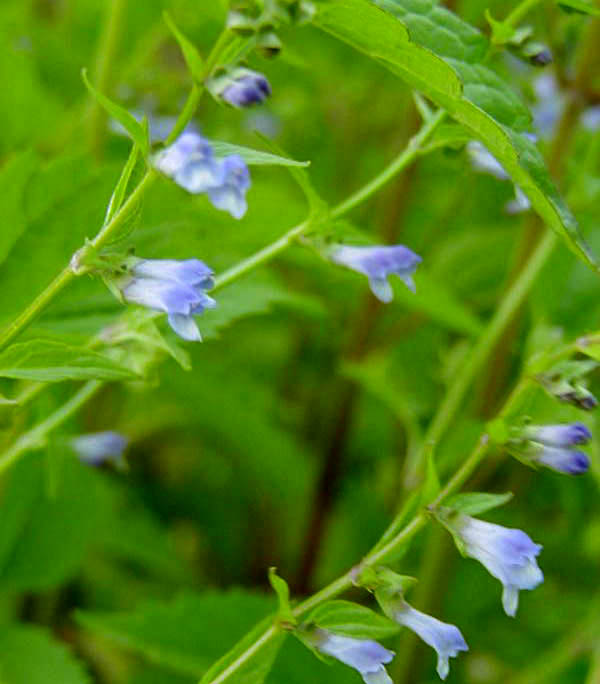
A member of the mint family this attractive, small perennial with blue flowers is best found along shorelines and marshes. Skullcap is commonly used in herbal teas for its traditional use as a mild anxiolytic.
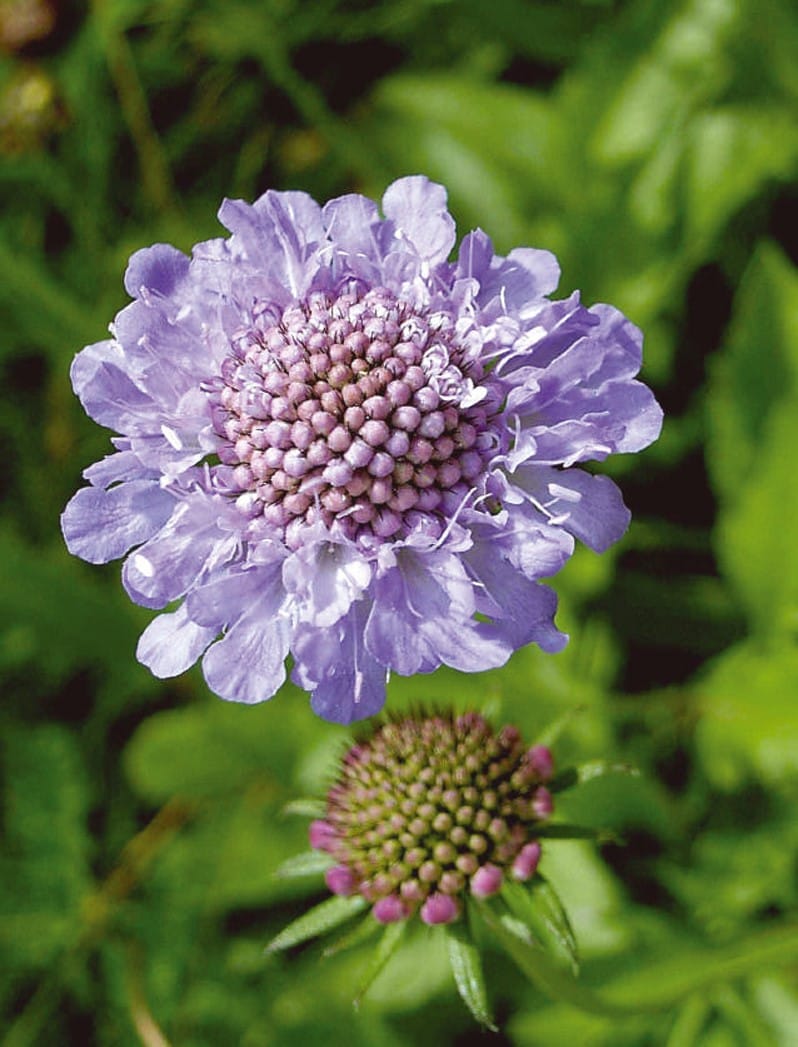
In summer butterflies and bees flock to the small mauve button-like flowers of this perennial. It can be found on very poor, dry, chalky soils throughout Britain. It has finely divided leaves, which are said to resemble the foot of a bird.
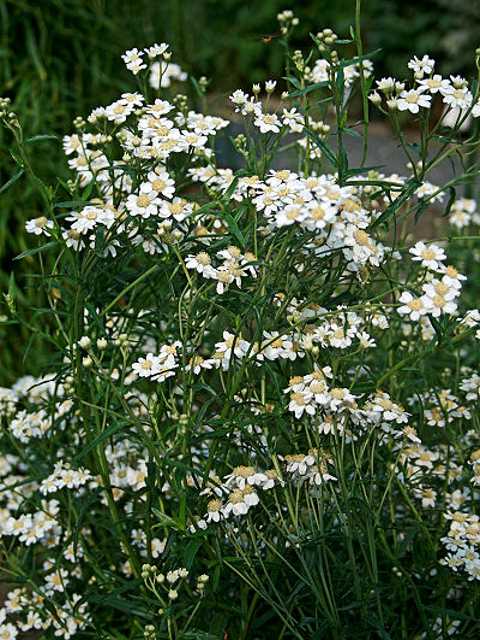
An attractive perennial with short to medium height wildflowers with ruffed white flowers of the yarrow family, a particularly hardy plant with a strong and distinctive aroma.
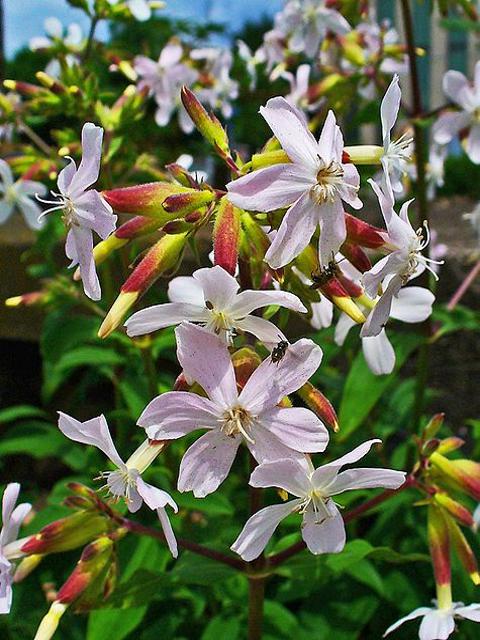
Flowers weakly-scented and clustered in the upper leaves, can be pale pink or white, this perennial plant grows in cooler temperatures and is perfect for under hedges and along roadways.
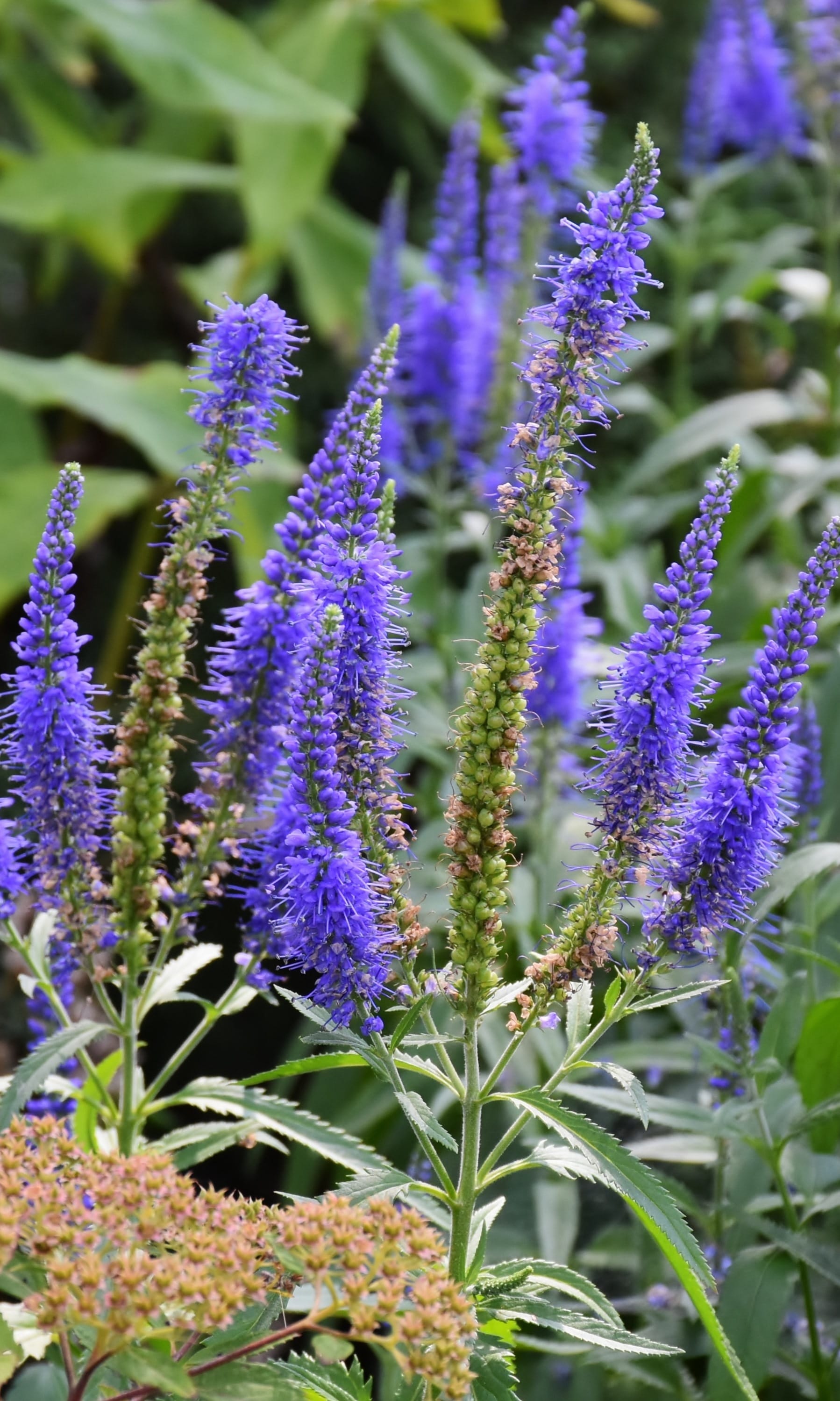
A good perennial border plant with long spikes of intense, vibrant blue flowers. This adaptable wildflower takes no extra care and is a self-sufficient but striking addition to any area.
This item is currently unavailable
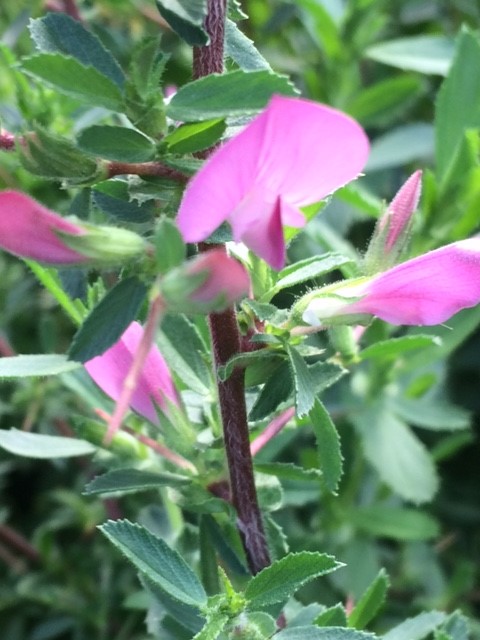
Usually found in calcareous, chalky or infertile meadows Spiny Restharrow is a shrubby but showy plant. Great for wildlife due to being pollinated by bee's and having nectar-rich flowers. In herbal medicine, Spiny Restharrow has been used for joint and muscle pain.
This item is currently unavailable
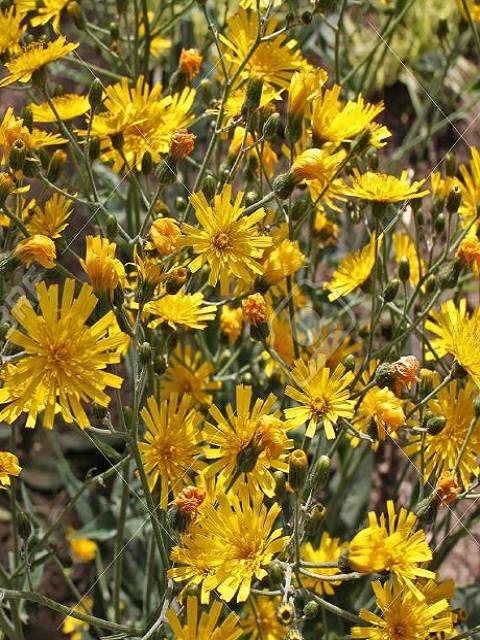
An admirable perennial that grows well in full sun, the plant boasts yellow daisy-like flowers with attractive spotted leaves which are alluring to all pollinators.
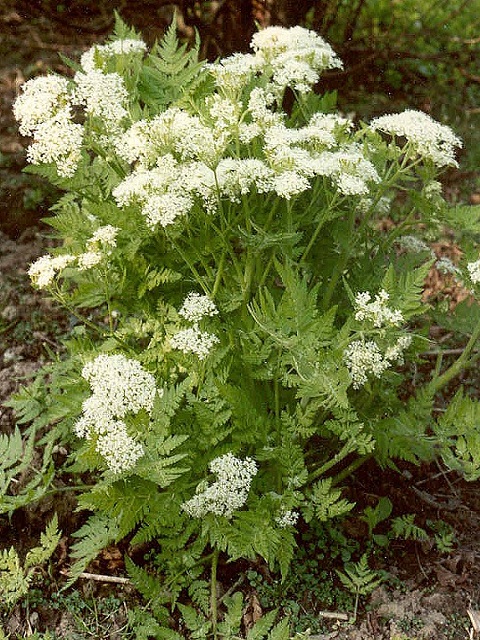
A tall, aromatic perennial non-native plant. Sweet Cicely has petite white umbel flowers in early summer, followed by distinct, dark brown, aniseed-scented fruits. The flowers, leaves, roots and stems are all edible, and the fruits when ground can be used as a spice.
This item is currently unavailable
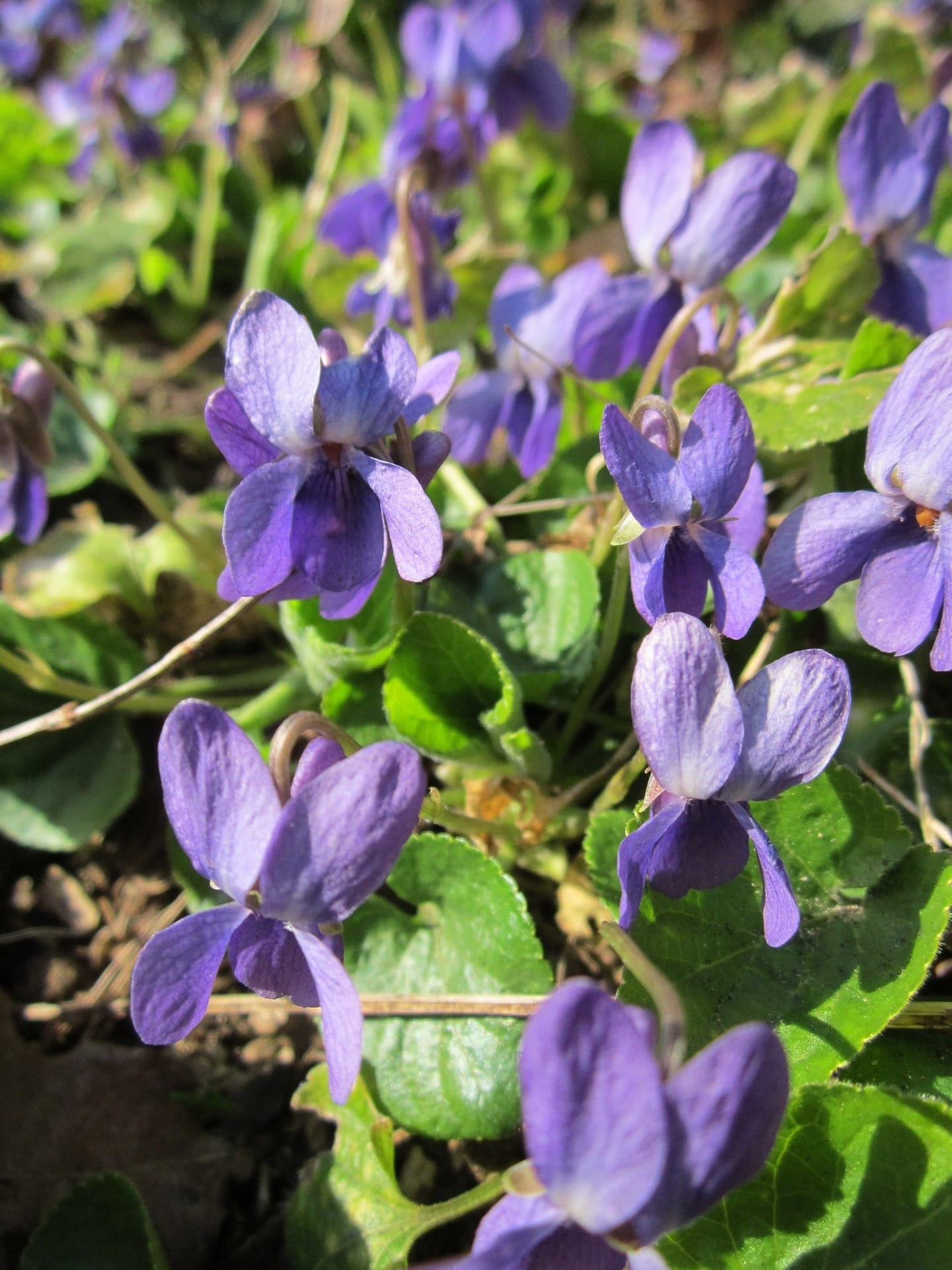
Perennial. Much loved fragrant purple flowers. This species has an unforgettable sweet scent on spreading plants. Needs the benefit of mid to dense shade.
This item is currently unavailable
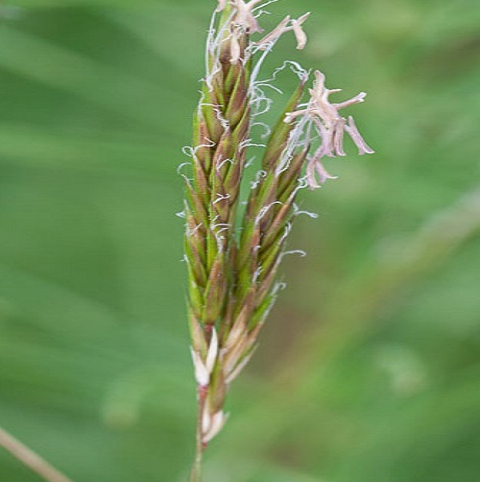
Having tall stems leading to a fluffy fan type seed head, Sweet Vernal Grass gives the characteristic smell to new-mown hay. Found in a lot of native meadows this species prefers full sun.
This item is currently unavailable
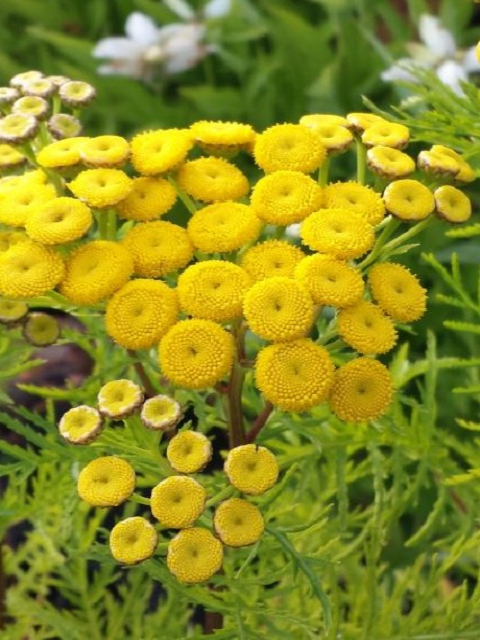
An aromatic perennial plant with golden yellow flowers and decorative leaves that can be used to keep away unwanted visitors to your wildflower area can also boost your soil by adding potassium.
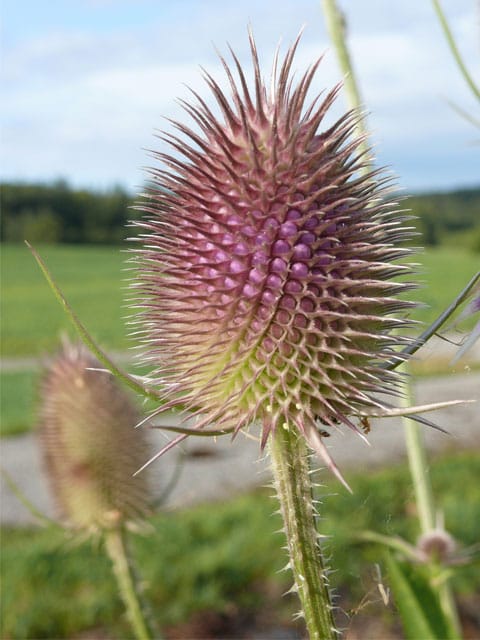
A native biennial is found on rough grassland, roadsides and wastelands. In the first season, it produces a rosette of sharp spikey leaves. In the second year, it puts up a tall stem crowned with a spiny flower head with a band of mauve flowers. It is particularly attractive to insects and seed-eating birds such as Goldfinches and Siskins.
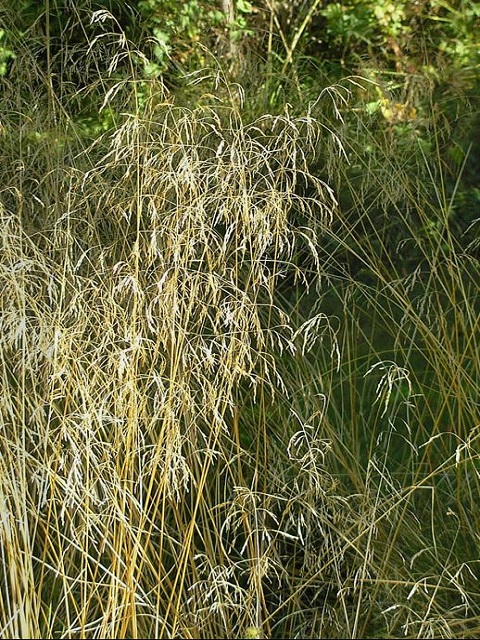
A tall, decorative grass species with a large feather-like seed head, excellent for enticing bees and other insects. This perennial plant is also known as Tussock grass.
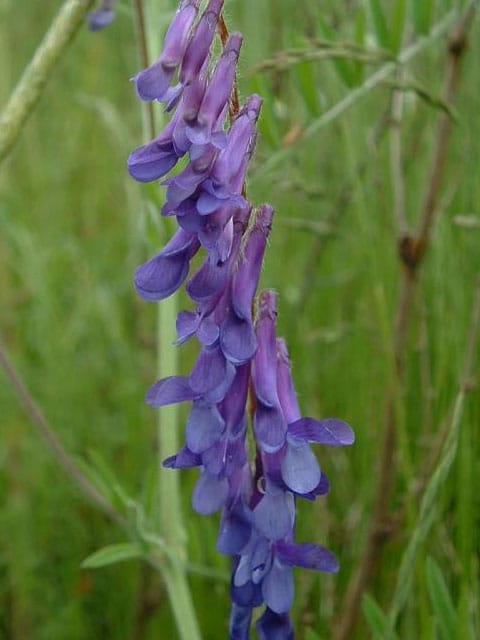
Sprawling perennial plant with masses of small pea-like purple flowers, the sweet pea of the meadow. This really is the centrepiece to any meadow with its showy blue-purple to pinkish-purple flowers.
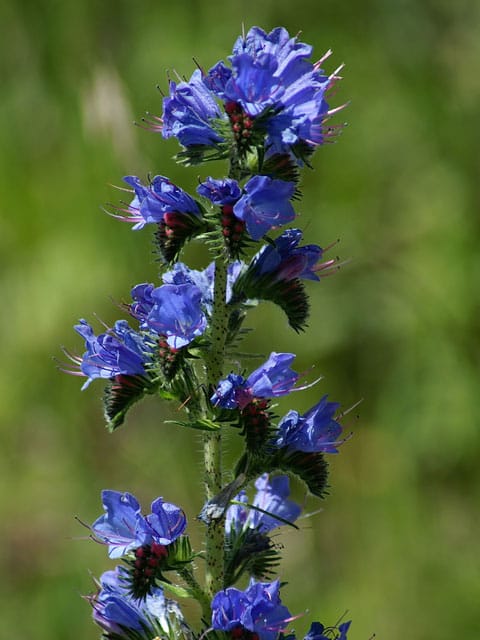
Flowers on tall spikes with pink buds open to a glorious display of vivid blue. A fantastic plant, highly attractive to bees and other pollinators.
This item is currently unavailable
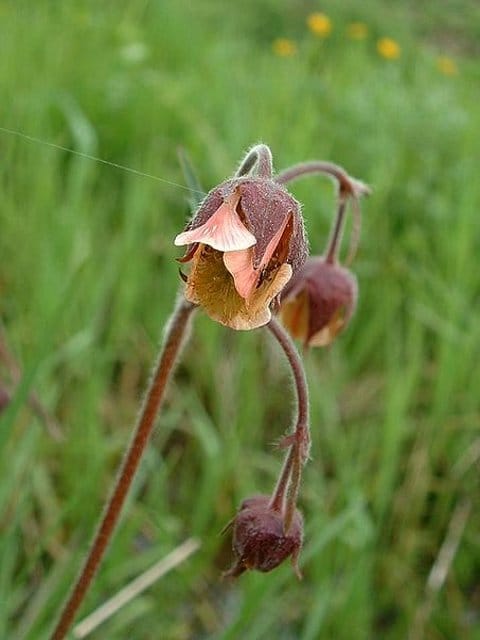
A native perennial found in damp woodlands and wet meadows. It produces pretty peach coloured nodding blooms, which attract bees. It will readily hybridise with the closely related Wood Avens (Geum urbanum).
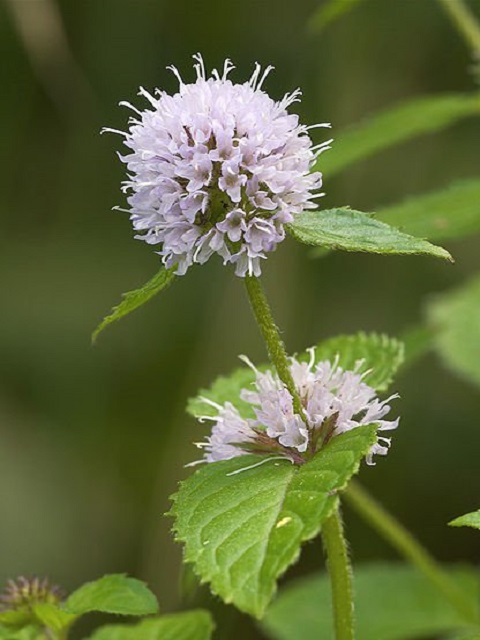
An aromatic perennial with a minty smell. Purple stems with dense flower clusters at the end of each stem. This plant would naturally be found on riverbanks and wetlands and is also known as Fish Mint.
This item is currently unavailable
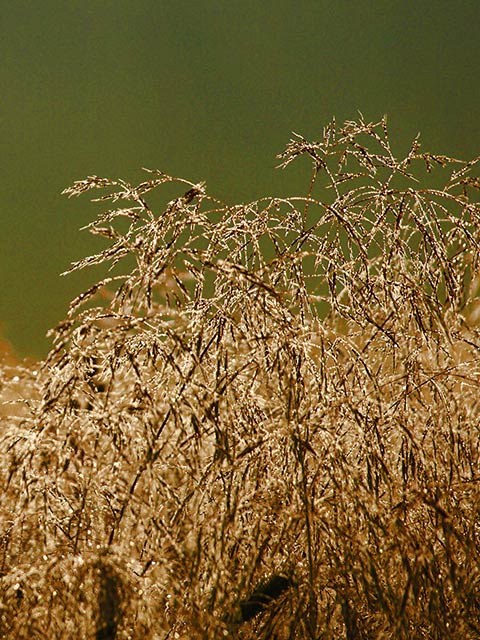
A medium height grass with slender stalks and purplish spikelets that like Acid soils, flowers can be seen from June to July. Good for Bees and insects.
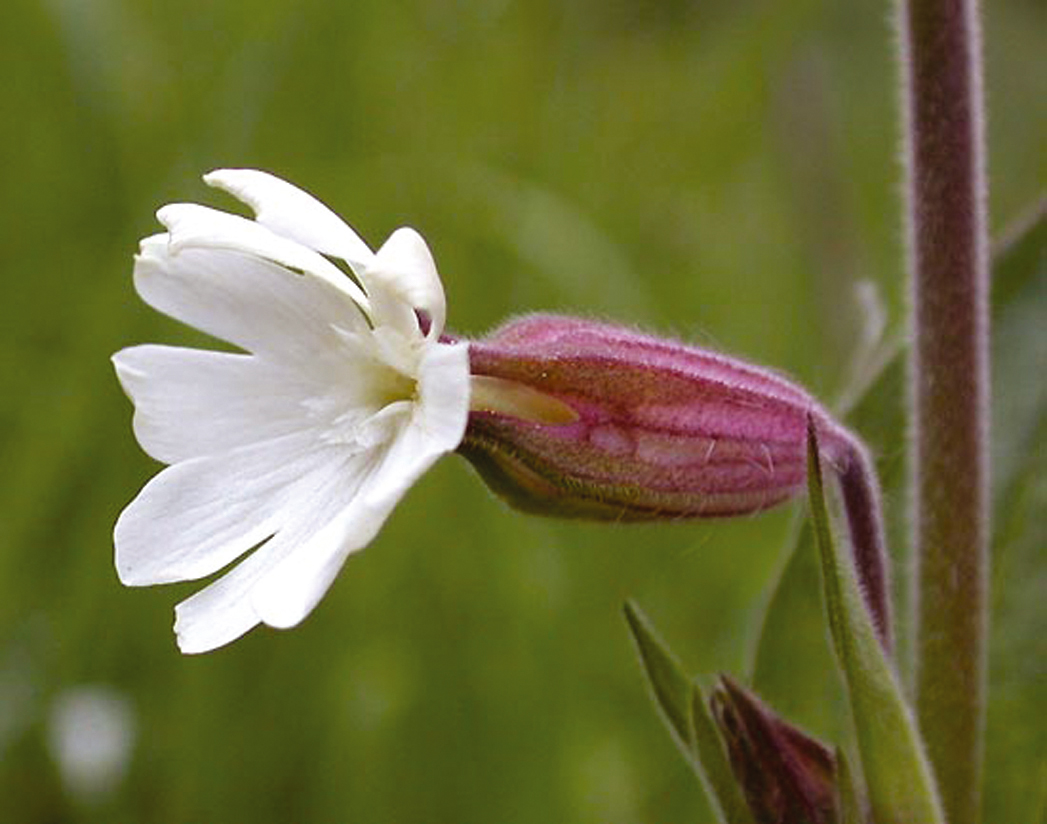
This plant is often growing on the edge of cornfields, hedgerows and waste ground. In the summer months, it can produce a slight scent as dusk. This plant likes partial shade and well-drained soils and produces an immaculate crisp white flower.
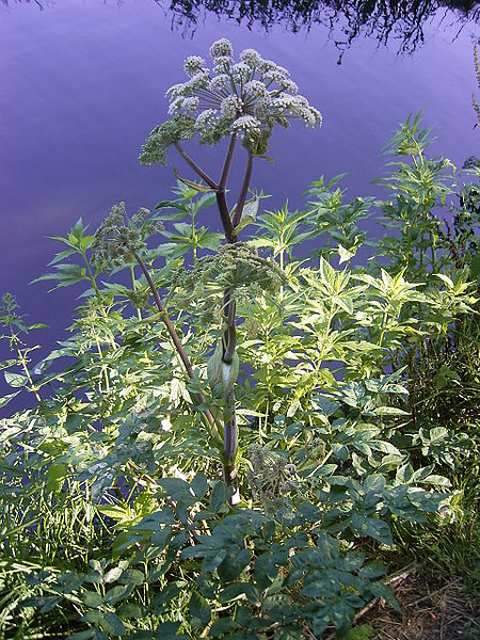
A native perennial common in England and Wales, usually in wetter lands and fens. A tall hairless plant that can grow up to two metres. Stems hollow and purplish, flowers white or pink.
This item is currently unavailable
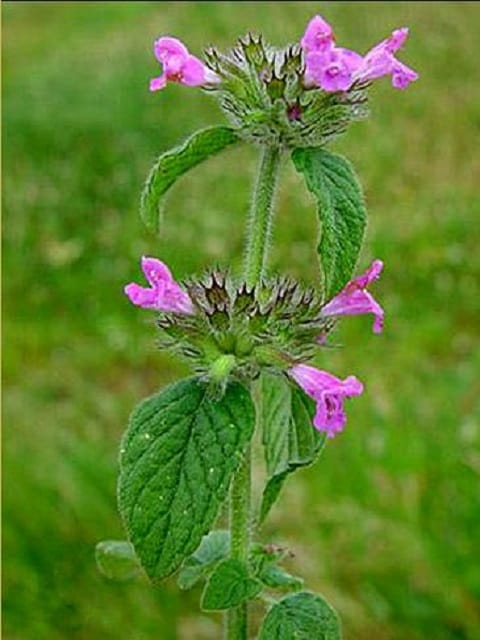
A native perennial common in England and Wales, usually in shaded areas. Downey and faintly aromatic with whirls of pinkish purple. A favourite to bees.
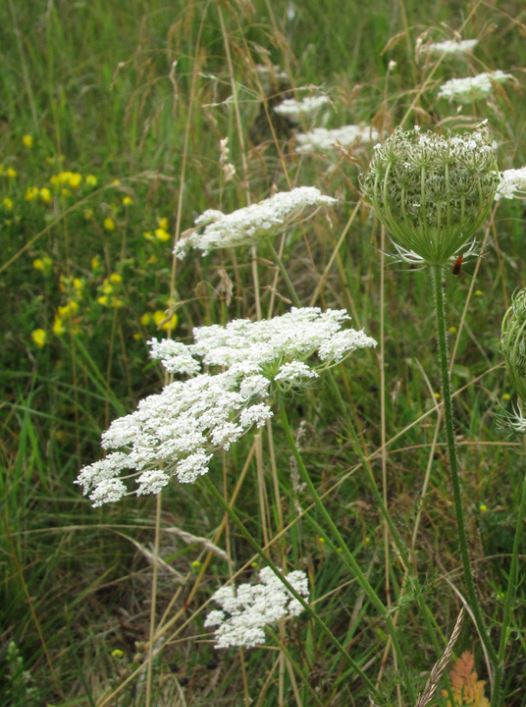
The white umbelliferous flowers have a slight pinkness to them, good to grow with scabious. Good for drying.
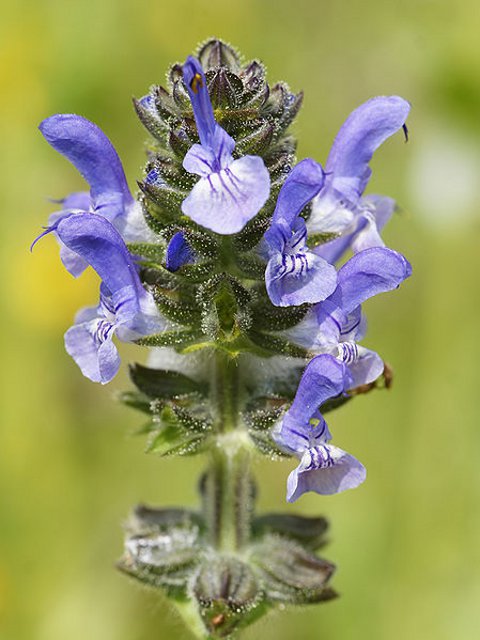
Perennial. Large aromatic leaves and decorative lilac flower bracts are used in aromatherapy.
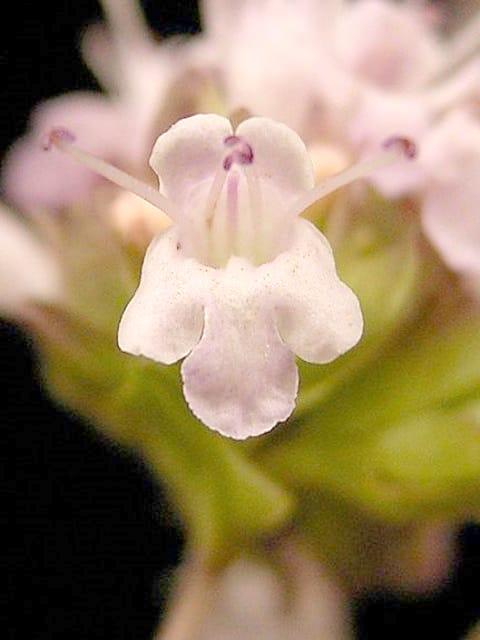
A tall, woody, aromatic perennial common in dry pastures and hedgebanks particularly on chalky soils. The leaves can be used for culinary purposes in the same way as cultivated Origanum. The pinky-white flowers produce large amounts of nectar and are therefore very popular with butterflies and bees.
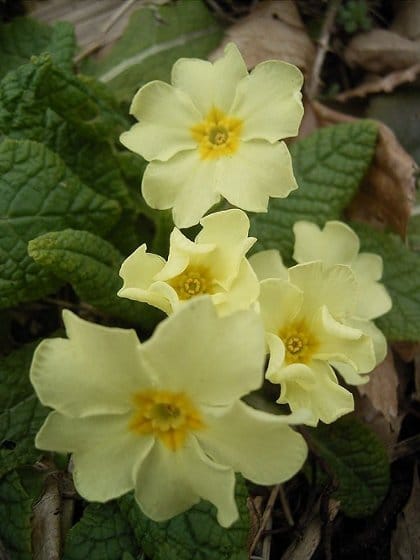
The beautifully scented buttery yellow flowers of this native perennial were once a common sight along hedgerows and woodlands across Britain. It is now less common but is still heralds the beginning of spring and provides an early source of nectar for Bumblebees emerging from hibernation.
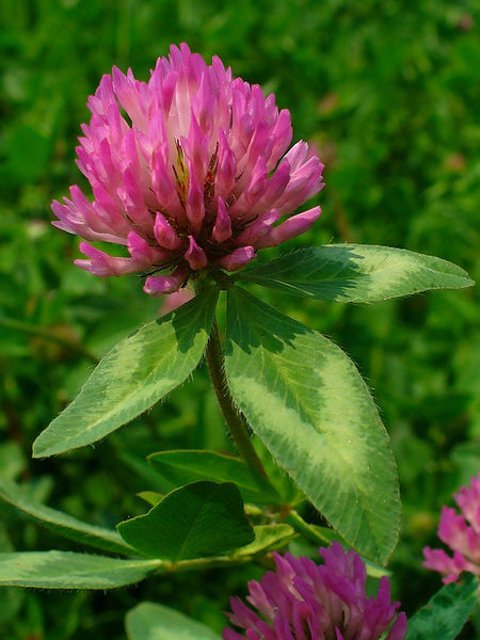
With rounded flower heads and a pinkish-red clover with trefoil leaves. A crucial understated ingredient in a spring meadow, this perennial really adds some much-needed depth.
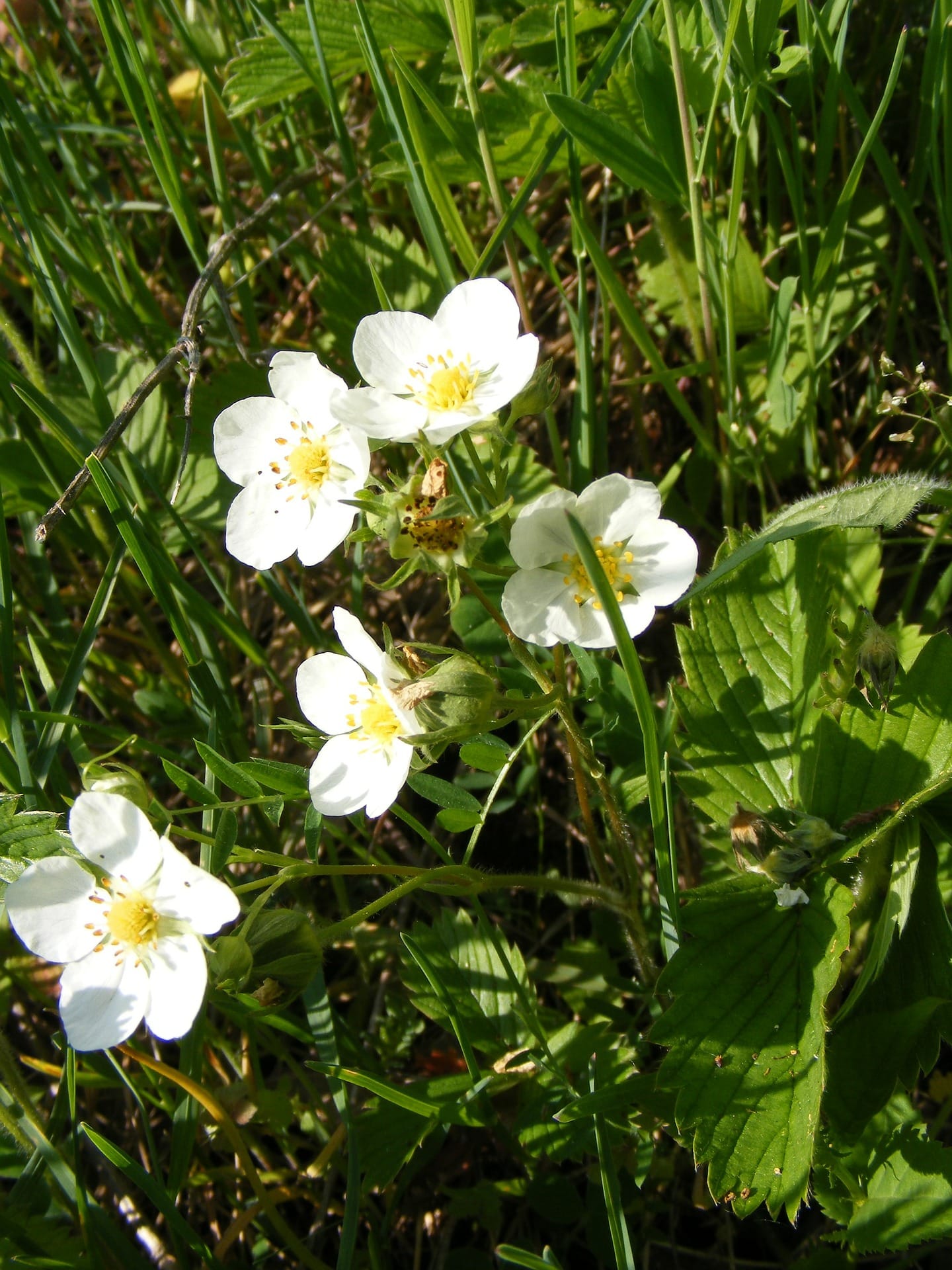
A spreading native perennial, which produces long runners, which root at intervals to produce new plants. It produces a white flower and a sweet mini strawberry fruit. It is common in woodlands and grassland across Britain. It is the larval food plant of the Grizzled Skipper butterfly.

Landlife Wildflowers grow and supply high-quality, native wildflower products, restoring wildflowers right across the UK. Working in conjunction with wildlife charity, Buglife, we’re bringing back Britain’s treasured wildflowers! Find out more about why we’ve been trusted by the general public, Natural England and The National Trust for over twenty years.

We’re proud to supply only the highest-quality, native wildflower products - tried, tested and refined by us for two decades to ensure each and every customer is delighted with their purchase. Find out more about our commitment to the supply of native, provenance-assured wildflower products to restore Britain’s natural wildflower habitats for bees, butterflies, birds and wildlife.

If you have any questions or would like to get in touch, our team of wildflower experts are on hand to guide you every step of the way. We love talking about wildflowers and the quality of our products, and are pleased to help with any enquiry, including how to establish wildflowers, product recommendations and even creating custom mixtures for specific projects.